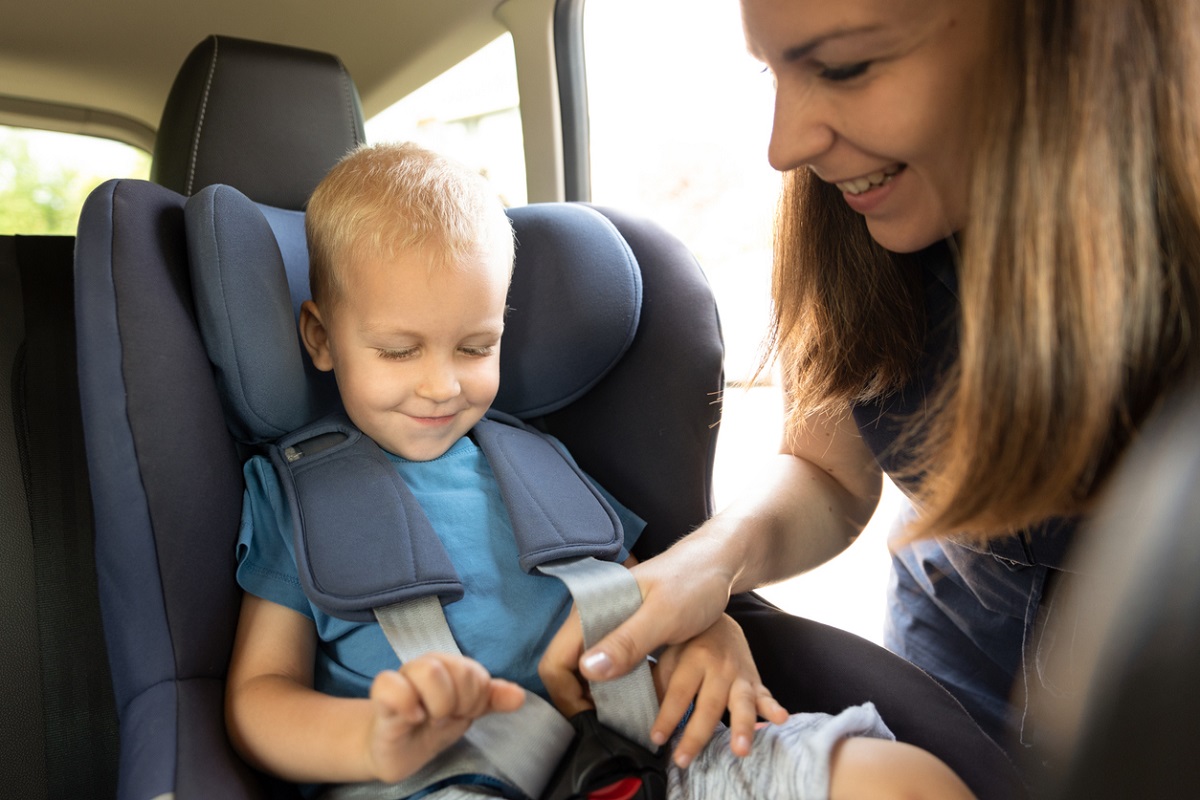Oct 10, 2019

Using a car seat for children is a legal requirement in the UK. Often these rules can be ignored and can be very confusing for some. So, we have decided to put everything you need to know about child car seat rules in the UK into this blog.
Law in the UK states that children must use a car seat until the age of 12, or 135cm/4ft 5in tall. It’s important to note that safety experts go beyond this law and state that you should use a child car seat for all children under 150cm/4ft 11in. Children aged 12 or 13 years old, or younger and over the 4ft 5in tall requirement can wear a seat belt.
It’s important to note that only EU approved car seats can be used throughout the UK, US approved seats cannot be used in the UK. Be aware that if you have the wrong car seat, you’re not only breaking the law, you’re putting your child’s life at risk.
The correct child car seat will:
You also need to ensure that you are using a booster seat correctly.
Height-based seats, otherwise known as i-Size seats must be rear-facing until a child is over 15 months old. Your child can use a forward-facing car seat when they’re over 15 months old. Seats must be checked to make sure they’re suitable for the height of a child.
The seat your child can use and the correct way to be restrained in it depends on their weight. You may be able to choose more than one type of seat that is suitable for your child’s weight. Visit GOV.co.uk to read Government guidelines.
It’s important to be aware that you can only use a child car seat if your car’s seat belt has a diagonal strap. If you have your child in a rear-facing baby seat in the passenger seat of the car you need to deactivate airbags before fitting.
The same rules will apply for children that have disabilities or medical conditions. They are permitted to use a disabled person’s seat belt or a child restraint that has been designed for their specific needs. If needs be, a doctor can issue an exemption certificate if your child is unable to use a restraint or seat belt due to their ongoing condition.